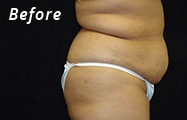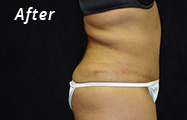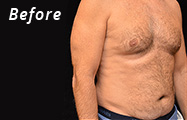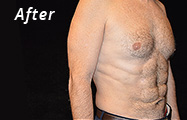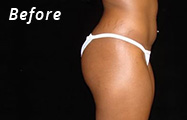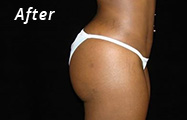Cheek Augmentation
Conveniently located to serve the areas of Baltimore, Columbia, Ellicott City and Maryland
Cheek augmentations have become a common procedure with over 12,000 cheek implant surgeries performed in 2012.
As one of Baltimore’s board-certified cosmetic surgeons, Dr. Markmann performs cheek augmentation procedures for patients looking to balance the contours of their face. This procedure can use silicone implants to create stronger cheekbone contours, and decrease a gaunt appearance. The best candidates for this procedure are men and women with a deficient cheek structure, signs of aging, and patients who have facial trauma.
Contents
SURGICAL TECHNIQUE

Silicone Implants
Silicone is a permanent solution to add volume to the cheeks with a variety of shapes and sizes that match the patient’s preference. The surgeon will consider the silicone shape and size, as well as the definition the implant will provide after a digital analysis of the patient’s face structure has been assessed. Pockets will be made directly against the cheekbone where the implants will be fitted and sutured. This type of silicone is unlike the silicone gel found in breast implants and it is a safer option as it is in solid form and does not run any risks of leakage.
Porous Polyethylene
Another popular implant option is porous polyethylene, which is also inserted the same way as a silicone implant. Because the material is porous, it shapes naturally according to the cheek’s internal contours. This type of implant also attaches better to the bones and tissues and allows tissue grow through it further adjusting it to the cheek’s natural form. A disadvantage with this implant is because of this tissue integration, it is quite difficult to remove the implant should the patient want it taken out.
Hyaluronic Acid
This is a natural occurring substance within the body and often found in the connective tissue. It is processed as an injectable filler for medical purposes, including cosmetic surgery. The least invasive of all procedures, the filler is injected in deep layers within the mid-face area. While most fillers create beautiful, natural results, the outcome is not permanent. Most fillers will last approximately 6-12 months.
Fat Grafting
Another natural substance that can be injected into the mid-face to enhance volume is the patient’s own fat tissues that are harvested from donor sites using liposuction, and then reinjected into the cheeks. Fat can also be absorbed by the body over time, so similar to an injectable filler, this option does not create a permanent result.
DURING/AFTER SURGERY

CHEEK IMPLANT FAQS
Implants Vs. Fillers?
Generally, both have long-standing records when it comes to safety. The major concern that many patients have is how permanent the results are. Injectable fillers are mostly temporary. As these are manufactured from natural substances, a great volume of the filler is absorbed by the body. Silicone implants are made solid in this type of augmentation and has no risk of leakage, which renders them more permanent than the other materials.
Natural Results?
Initially, the face will feel stretched and tight as the implants settle into its position. This is normal and the sensation will gradually disappear until a month passes. It is important to find a plastic surgeon that has a good track record in performing facial procedures to ensure that the results will be according to the patient’s aesthetic goals.
Will There Be Scars?
Since the incisions are made within the mouth and underneath the upper lip, the scars will not be visible. The scars will dissolve on their own.




.png)
